Dated or Timeless: My Fujifilm FinePix X100 Review
"There will always be a desire for something new, fresh and innovative, as well as a yearning and respect for timeless elegance and beauty." -- Helena Christensen

Originally published June, 2013.
Some things, once gotten right, need not change...
The above photo shows the X100 in the company of 40-or-more year old rangefinders (the one on the right is from 1958) that it is clearly descended from. As usual for these posts, clicking on a photo will take you to its page on my flickr site where you can find more information on it (including a description of the subject matter if you're interested).
UPDATE: Since I originally wrote this, Fujifilm did some AWESOME firmware updates to the X100. It was good before and it's better now. The review below is dated, but still makes the point.
A Little Late Aren't You, John?
Yes. And no. I'm reviewing a camera from 2010 in late 2013. This camera may be soon discontinued but it sold for 3 years steadily without heavy discounting and despite more than few issues with the camera and in this day of nearly "disposable" one or two year models that's amazing. It only recently was seriously discounted as its successor the X100S was announced.
I just bought one and uncharacteristically I'm writing a review after less than 2 weeks with the camera. This is a camera that touches me on so many levels, and it has a few warts still for me as well. I thought the Panasonic LX7 was going to be my "one body one lens" camera, then I tried a GX1 with the Panasonic 20mm on it -- but pretty much they all ended up feeling "wrong" despite excellent image results and I sold them with reservations.
My Fuji X100 is running version 1.3 firmware which means it is essentially a different camera than the original version which had awful problems mainly because of firmware. The kind of review I do is a "user experience" review so this will not be about specs but about what the camera can DO -- at least what I can get it to do!
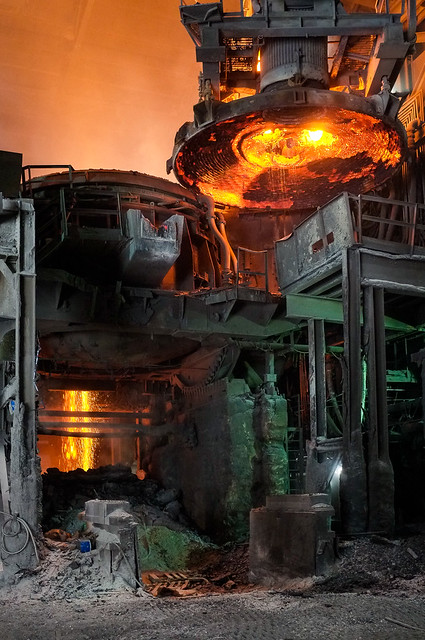
Pausing for Breath
What's Right With This Camera?
Here's what I like and I warn you some of them will appear in what I don't like as well...
-
It looks great in a functional way -- that is, its looks come to a great extent from how it operates
-
Solid construction
-
Very, very sharp f/2.0 prime lens with about a 35mm equivalent field of view
-
Quiet in-lens "leaf" shutter which is also the aperture blades
-
REAL aperture dial on the lens AND an actual shutter speed dial on top of the camera just like a "real" camera -- the "A" on each one eliminates the need for a mode dial and you just select "A" on one or the other, none or both depending on whether you want aperture priority, shutter priority, manual, or program auto mode
-
Exposure compensation dial with +/- 2 stop range on top of the camera -- love this
-
Hybrid optical/electronic viewfinder (OVF/EVF) that just WORKS like nothing else I've used
-
Dedicated switch for switching between optical and electronic viewfinder
-
Active parallax correction in the OVF -- when you focus, lines move to show what you are actually shooting and they are surprisngly though not totally accurate
-
Fantastic JPG image quality -- so good I actually use it (my other cams I shoot almost exclusively in RAW
-
Reprogrammable RAW button to instantly take a RAW photo when desired -- but it can be reprogrammed to do other things
-
Nice shadow/highlight recovery settings that are very usable
-
Great sensor with surprisingly clean files up to ISO 3200 and useable beyond that and depending on your taste ISO 6400 may be fine as well
-
Better than average automatic dynamic range control and the processing in general in camera is very good which helps contribute to that high JPG quality
-
Film simulations that actually deliver color renderings much like the real films -- Velvia requires a bit of tweak but it's good too
-
Built in 3-stop ND filter (can be programmed to a function button)
-
AF that works in very, very low light
-
AF or MF focus easily verified by pressing in the command toggle -- you can always instantly select a zoomed view of the focus area
-
AF box size is selectable
-
Dedicated AF-C, AF-S, MF switch
-
AFL/AEL button will force AF cycle in MF mode
-
Takes an old-school screw-in cable release on the shutter button
-
Excellent fill flash control that results in very natural looking photos -- it relies on as much ambient as it can and manages to meter just the right amount of light much like a Nikon
-
Flash synchronization to 1/500 second or more
-
Battery is not "special" -- it's used in several Fuji models and is easy to obtain for a reasonable price new or used

Aftermath
The above photo was taken at ISO 3200 at f/2 on a dim street.
What's wrong with this camera?
-
Long exposures just can't be easily done as the shutter will only go to 30 seconds -- if you are a low light shooter and want to work with very long exposures you'll need a cable release -- so that nice shutter speed dial is also a curse though you can select any shutter speed from 30 seconds to 1/4000 second with the control wheel in manual mode
-
Aperture and shutter dials only work in full stop clicks -- though intermediate steps are accessible with the command toggle
-
Exposure compensation dial only goes plus or minus two stops which isn't brilliant for HDR
-
Exposure bracketing is limited to 3 frames, +/- one stop maximum.
-
Lens can be flare prone
-
No in-body or lens stabilization
-
Manual focus by wire is AWFUL -- the wheel has a lot of latency and it takes a lot of turning to go from minimum focus to infinity
-
No simple way to mount a filter -- you must make or buy a 49mm filter adapter and the factory one is needed to use the nice factory metal hood -- which is also extra cost and very expensive (Fuji must be taking a page from Olympus...)
-
Ho-hum standard HD (720p) video mode with no external mic jack
-
Selecting AF point is sometimes clumsy -- you have to hold a button the left side of the camera back and then operate the control dial on the right side of the back of the camera
-
Battery life is typical of cameras in this class: poor -- 300 shots or so, maybe more, depending on how you use it
-
Charger has a funny plastic spacer that snaps on the charger to hold the battery in place -- could be easy to lose in travel though you never need to take it off and could simply glue it in place
-
Charger uses a heavy power cord and I prefer the built in prongs rather than a bulky cord
-
No touch screen -- I've gotten use to having these and if they are properly designed they are a plus
-
Fairly expensive even discounted: about $900 brand new -- but still a great value in my opinion
-
Histogram and the live view are pretty useless in manual for judging exposure for some reason -- don't know what that's all about
-
Menus and features are not totally optimized. It's not awful, Fuji keeps the number of options reasonable -- but the organization is very flat and it can take a lot of key presses to get to your desired item
-
Camera setup memories only memorize a narrow set of functions and are useful but not as much as they could be for sure
-
Fake shutter sounds and beeps are not easy to silence without also losing flash capability -- the one-button "silent" mode of the camera is totally "discreet" including any flash work

Nobody Ever Goes In...
I found this and it's peculiar: it's locked and the lights are off despite the "Open" sign and many people claim to have been there, but I never see anyone there. Curious.
How Is It To Use And What About The Image Quality?
In a word: great.
First off a word about the great JPG/RAW debate. I'm a RAW shooter and I don't mess with JPG's except maybe for testing. Despite this, I have ended up shooting this camera in JPG and it makes a more compelling case for JPG shooting than anything else I've owned. Take a look at this shot:
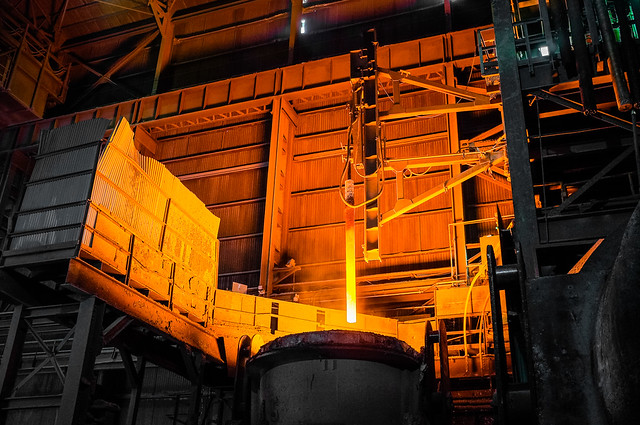
Stir Lance
I used the "auto DR" dynamic range enhancing function that tries to squeeze the most out of shadows and highlights and this scene has an extremely wide dynamic range. Never-the-less I was able to balance the shot by bringing up the shadows in post and I have to tell you that whatever Fuji is doing is amazing because I have pulled shadows and highlight aggressively in many JPG shots and nearly obtain the results I'd expect from a RAW.
This was shot in a dimly lit industrial environment with deep shadows lit by 180 tons of molten steel predominantly. Yet the shadows were recoverable in JPG and the hot stir lance is blown out only at the tip which is at about 3000 degrees F and glowing brightly nearly white-hot. I've shot these kind of scenes a lot and this camera simply is amazing.
If you shoot more "conventional" scenes you may find the out-of-camera ("OOC") JPG's usable right out of the box. If not, there are some nice tuning things in the menu for "softening" or "hardening" the shadow tone and highlight tone responses to suit your needs. This basically recreates some of the "knee" and "shoulder" responses of film.
Yes, there are the usual sharpness, noise reduction, saturation and so forth controls as well.
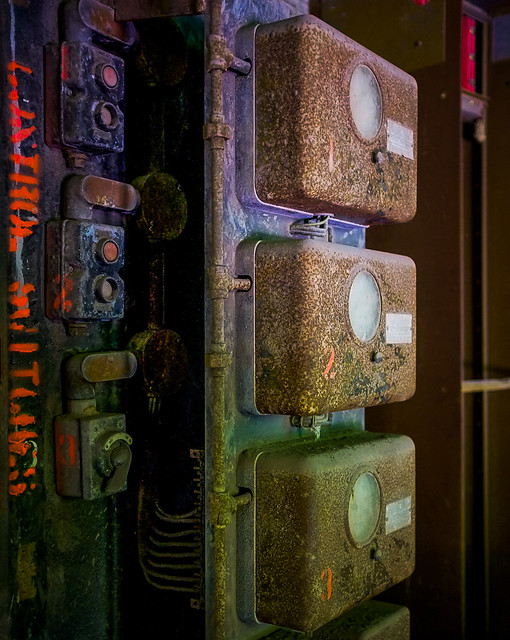
Easy as 1-2-3
The photo above is a shot done using the Velvia simulation with the shadow tone set at "medium soft" (and that's NOT a reference to sharpness) and color set to "medium high" in camera. Let's talk about Velvia.
Velvia Slide Film Simulation
If you shoot in JPG you have access to 3 different Fujifilm film simulations: Astia, Provia, and Velvia. Provia is the default, Astia is a lower contrast more muted version of Provia, and Velvia is a whole 'nother animal.
Now before we begin, let's begin with a shot from a scanned real Velvia slide of mine:

Big Sprocket
Now look at this and the one I showed above it -- see anything in common? For me the thing that stands out is the purple or blue tones and the non-linear saturation. I love the unreal Velvia look sometimes and in the work I do this is an oft-encountered "signature". I've seen it in landscape work sometimes as well -- especially in low light time exposures of ice-scapes, mountains and so on.
Velvia simulation is NOT just about additional saturation of color though Velvia is generally more saturated. It's the way it distorts saturation based on luminance and shade that gives it that look. You can't just crank the saturation and get a "slide film look" -- what you get is ugly instead.
Most "dramatic" slide films like Kodachrome and so forth have these color distortions that are aesthetically useful and potentially pleasing. It can limit the subjects you shoot to some extent, but in the right hands it's amazing. Velvia is not a great people shooting film, but some make it work. I am NOT the world's expert on Velvia -- but I like it.
Here's another Velvia simulation photo from the X100 and then I'll talk about the X100 and its implementation of the simulation.
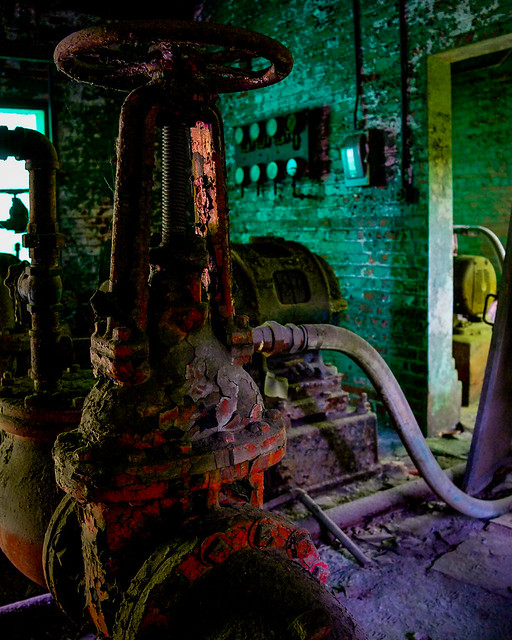
Retirement Home
Now, the one above also had saturation mildly boosted in camera. What's notable is the fairly gradual shadow cutoff. It's not that way out of the box.
What's Wrong with the Velvia Simulation?
The biggest complaint about the Velvia simulation that I read in the other reviews was about the abrupt shadow and highlight cutoff. Now those of us who have actually shot slide film know that the range of exposure values covered by slide film is generally less than that of even modest digital cameras. The big challenge with slide film was always exposure. Get it too low and colors are lurid and shadows extremely clipped -- get it too high and you end up with a lot of clear "white" areas and a undesirably unsaturated look. The range of acceptable exposure is narrow.
So it's not surprising for the Velvia simulation to clip highlights and shadows but as delivered by Fuji it's a bit much. My understanding is that in the X100S the default has been improved.
But the X100 can really compensate for a lot of these limitations using the "shadow tone" and "highlight tone" settings and the dynamic range ("DR") settings. Using these you can "squeeze" more into the JPG the X100 produces and then work it over to your taste in a photo editor to restore the contrast that expanding the DR can sometimes result in.

Wall-X
The photo above is an example of how I have decided to shoot the camera in Velvia mode like this:
-
Dynamic Range: Auto
-
Highlight Tone: Medium Soft
-
Shadow Tone: Medium Soft
-
Sharpening: STD ("Standard")
-
Noise Reduction: STD
-
Color: STD or Medium High (depending on how I feel...)
You will find a lot of variation in photographers about what they like to use. These work for me.

Where Robots Go To Die
The photo above is an attempt to get a Velvia look but with even more wide ranging capture by using HDR on the Velvia JPG output. The EXIF doesn't reflect it, but it was shot with the 28mm (equivalent) WCL-X100 wide converter lens which simply screws onto the front of the X100. It's very, very sharp and doesn't to my eye take anything away from the X100 and its very sharp images.
Velvia Simulation HDR
Basically, I took four shots bracketed 2 stops apart with more shots underexposed than over because of some extremely bright points. Despite this, I still got some blown out spots on the right and suffered a bit from lens flare. Still, I like this shot quite a bit.
The four photos were merged into a single shot using LR Enfuse from Photographers-Toolbox.com (used as a plug-in for Lightroom).
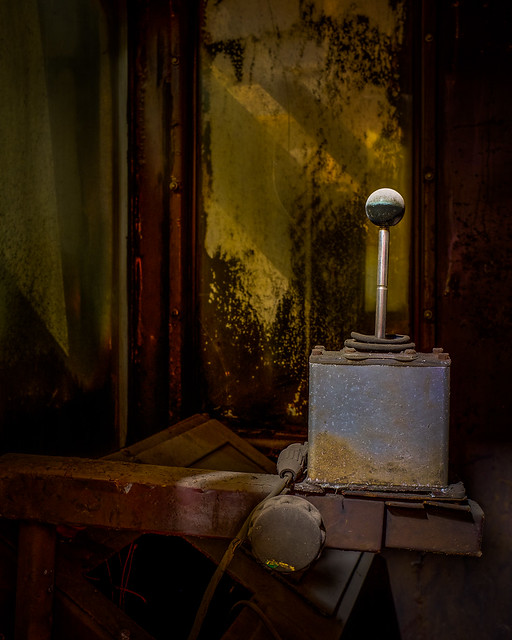
No Joy in the Joystick
The above photo is the only other HDR of Velvia shots I've done successfully. The merging process does end up dropping the saturation slightly but I still like the look and peculiar color distortions of Velvia in the shots.
So What's the Verdict
I'm keeping the camera. I know the X100S has the wonderful X-Trans sensor in it, but I'm not overly desirous of it. It has issues too with certain material and some report poor focus in low light compared to the X100. I can't speak authoritatively as I've never owned an X100S. Some people who have it say they prefer their old X100, some say the X100S is so much better it's a no brainer. I think the images are just different enough that it can be a matter of what you prefer there.
This camera feels like an "old friend" in that it shoots like some of the cameras I've shot in the past. The direct control of shutter and aperture in most circumstances is amazing in these days of control wheels and buttons.
If you are on the fence about this camera, I think you could do worse -- and if you're an older photographer as I am then this camera might float your boat with its retro operation. Certainly the JPG images are amazing out of it so that at least is not an issue for consideration in my opinion.
If you are going to buy used though keep this in mind: the models before a certain serial number did sometimes develop a problem with sticky aperture blades but Fuji can fix this. Do your homework on the serial number before you buy. I bought new from Adorama just to be sure of getting a good one.
If this type of fixed-lens camera is something you can work with as I can, it's a great choice. There is a certain freedom in constraint which may seem contradictory but it isn't. When you have one camera with one focal length there is a challenge but it also means you have fewer decisions to make and can just get on with shooting.
Additional Image Samples
Here are some additional images I've taken with it for you consideration.
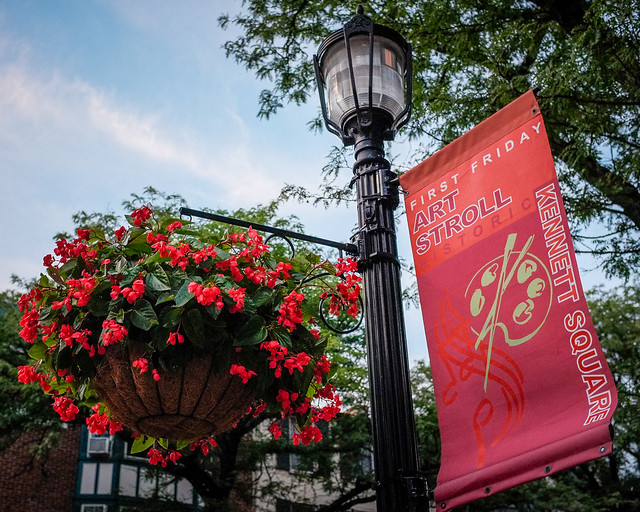
First Friday
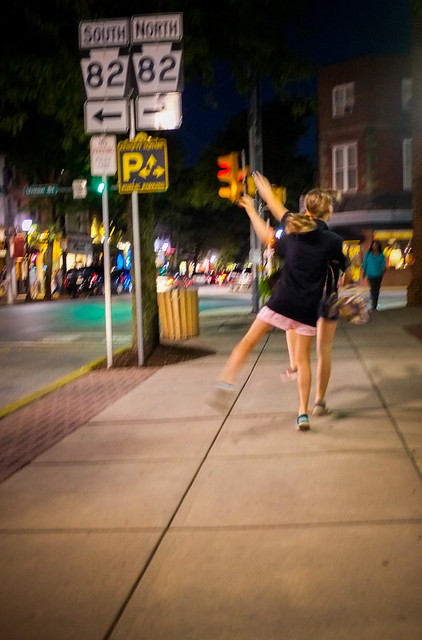
Exuberance
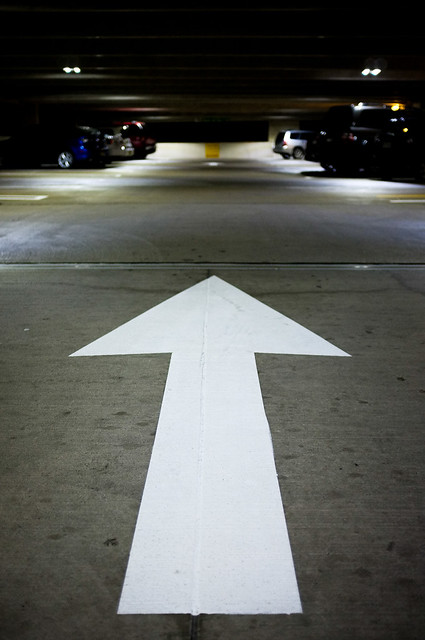
This Way!

Happy

Fire Breath
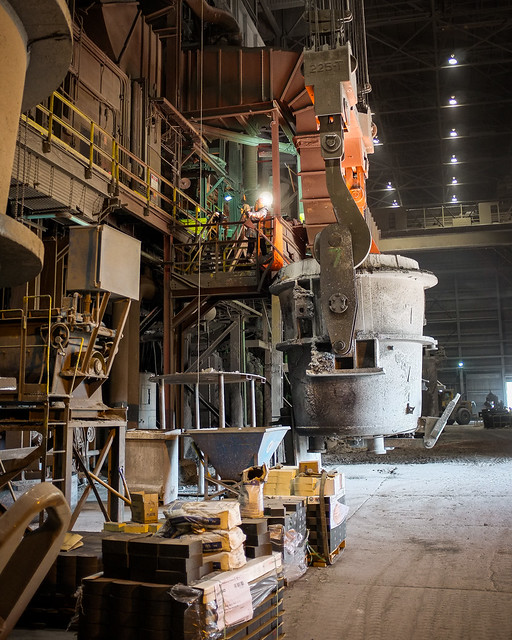
Ladle Sanding

Witness or Murderer?
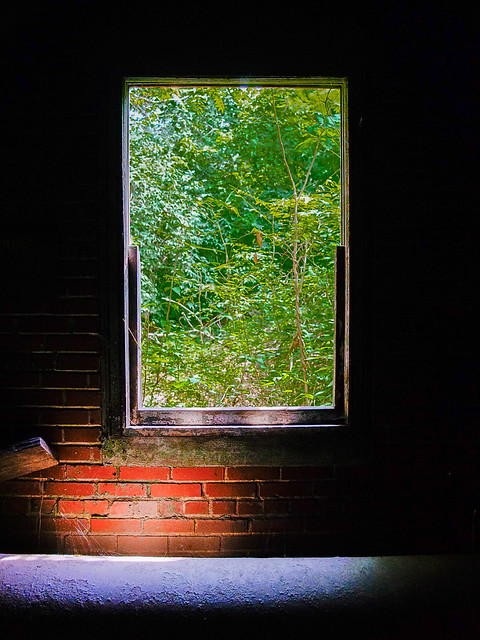
Window on the World
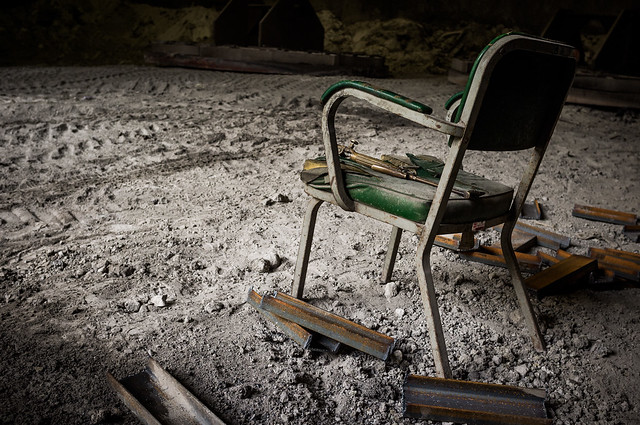
The Burner's Chair
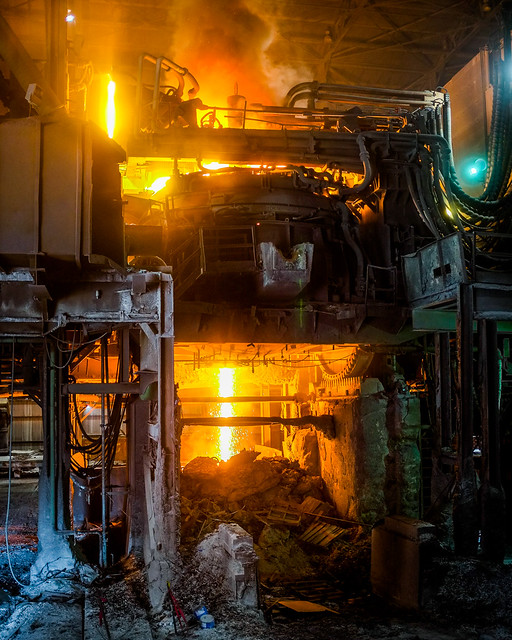
Meltdown
|